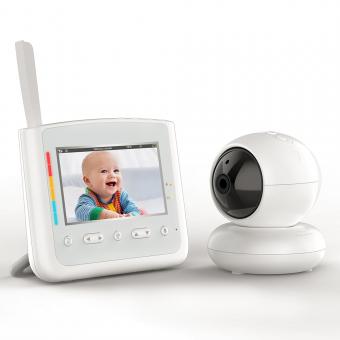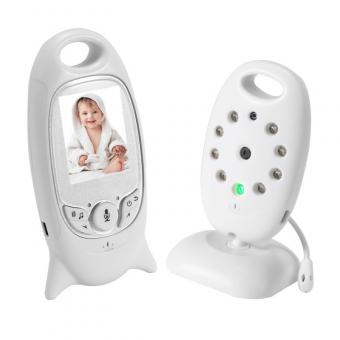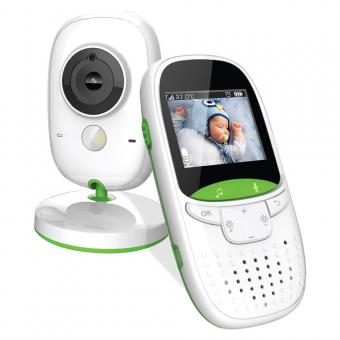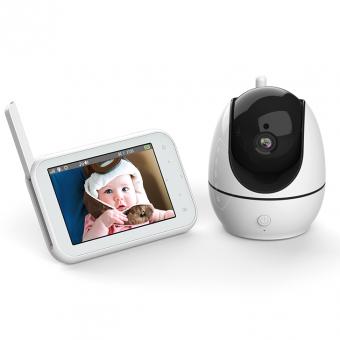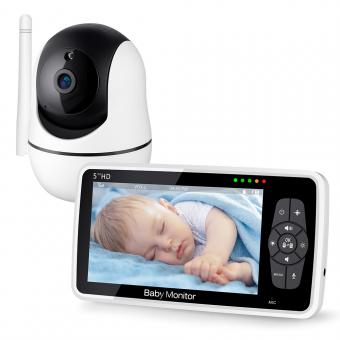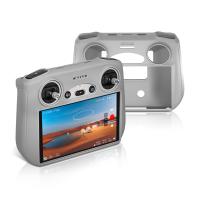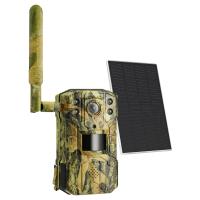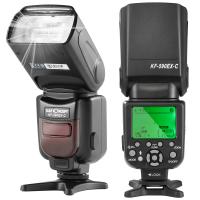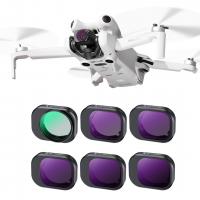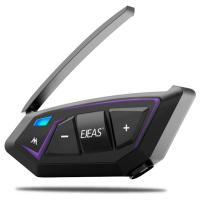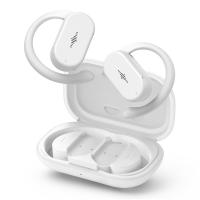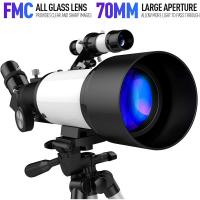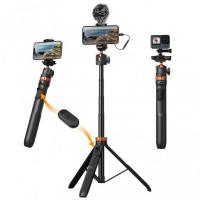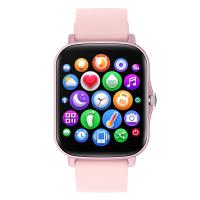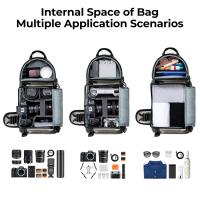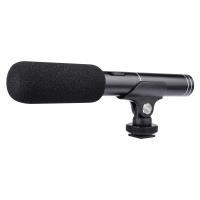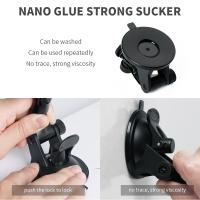What To Do With Baby Monitor Cord?
When it comes to baby monitors, one of the most common concerns among parents is the safety of the baby monitor cord. This seemingly innocuous piece of equipment can pose significant risks if not managed properly. In this article, we will delve into the various ways to handle baby monitor cords to ensure the safety of your little one. We will cover practical solutions, safety tips, and best practices to mitigate any potential hazards.
Understanding the Risks
Before diving into the solutions, it’s crucial to understand why baby monitor cords can be dangerous. The primary risk associated with these cords is strangulation. Babies and toddlers are naturally curious and may reach for the cord, potentially wrapping it around their necks. According to the U.S. Consumer Product Safety Commission (CPSC), there have been several reported incidents of strangulation involving baby monitor cords. Therefore, it is essential to take proactive measures to prevent such accidents.
Practical Solutions for Cord Management
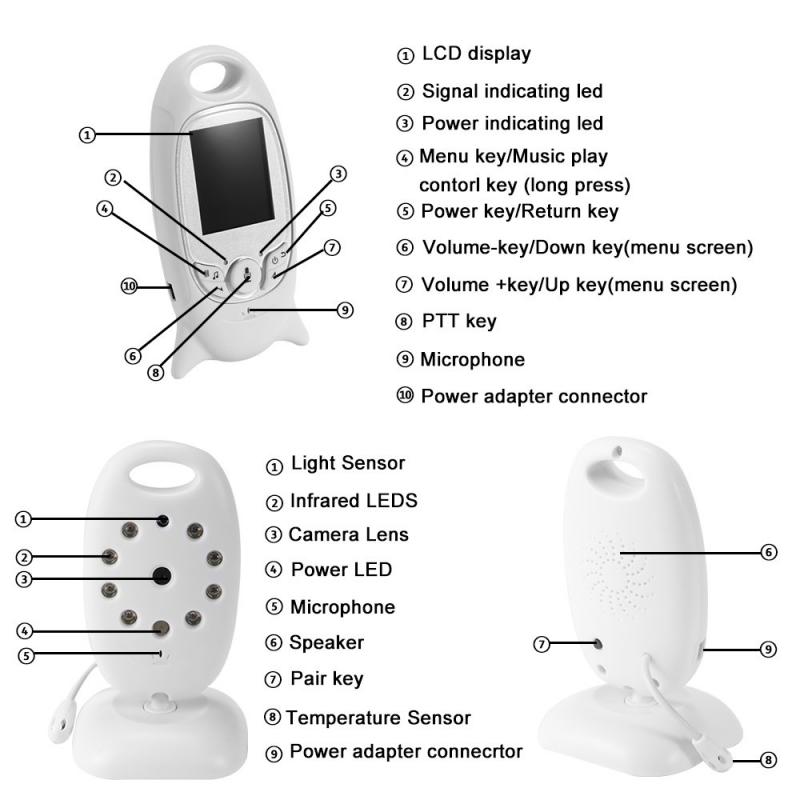
1. Mount the Monitor Out of Reach
One of the simplest and most effective ways to keep the baby monitor cord out of your child’s reach is to mount the monitor on the wall. Ensure that the monitor is at least three feet away from the crib. This distance is recommended to prevent your baby from reaching the cord. Use a secure wall mount designed for baby monitors to ensure stability.
2. Use Cord Covers
Cord covers are an excellent way to conceal and protect the baby monitor cord. These covers can be attached to the wall, keeping the cord out of sight and out of reach. Cord covers come in various styles and colors, allowing you to choose one that matches your nursery decor. They are also relatively easy to install and can be cut to fit the length of your cord.
3. Cord Shorteners and Winders
Cord shorteners and winders are practical tools that help manage excess cord length. These devices allow you to wind up the extra cord, reducing the risk of it dangling within your baby’s reach. Cord winders are particularly useful if you need to move the monitor frequently, as they make it easy to adjust the cord length as needed.
4. Wireless Baby Monitors
If you are in the market for a new baby monitor, consider opting for a wireless model. Wireless baby monitors eliminate the need for cords altogether, significantly reducing the risk of strangulation. While wireless monitors can be more expensive, the added safety and convenience may be worth the investment.
Safety Tips for Using Baby Monitors
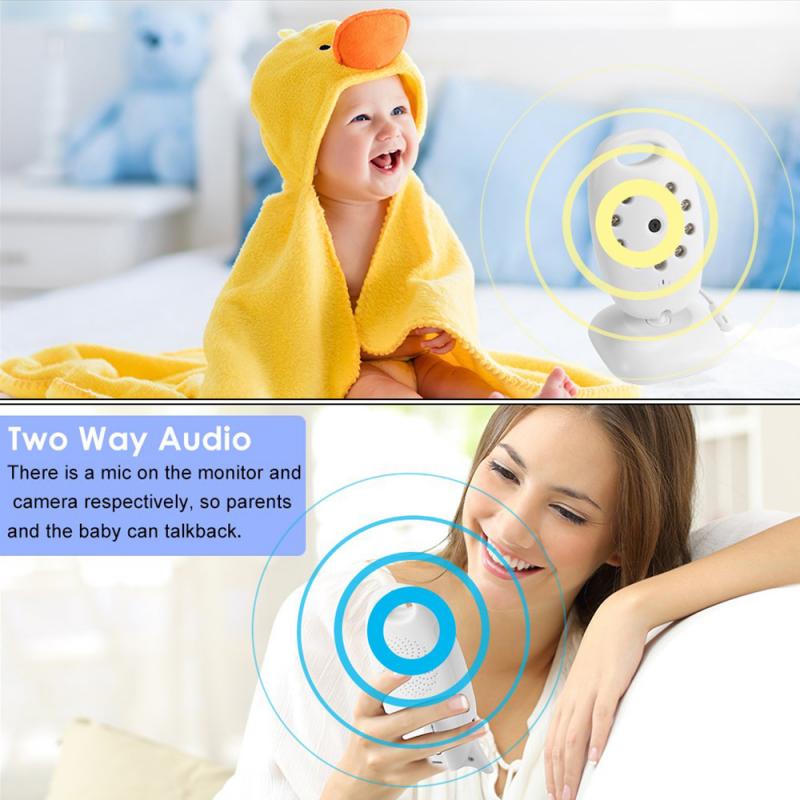
1. Regularly Check the Setup
Even after you have taken steps to secure the baby monitor cord, it is essential to regularly check the setup. Ensure that the cord remains out of reach and that the monitor is securely mounted. Babies grow quickly and their reach can extend, so periodic checks are necessary to maintain safety.
2. Educate Caregivers
If you have other caregivers, such as grandparents or babysitters, make sure they are aware of the potential risks associated with baby monitor cords. Provide them with clear instructions on how to manage the cord and emphasize the importance of keeping it out of reach.
3. Follow Manufacturer Guidelines
Always follow the manufacturer’s guidelines for installing and using your baby monitor. These guidelines are designed to ensure the safety and effectiveness of the product. If you have any questions or concerns, do not hesitate to contact the manufacturer for clarification.
4. Use Cable Clips
Cable clips are small, inexpensive devices that can be used to secure the baby monitor cord to the wall or furniture. By keeping the cord flush against a surface, you can prevent it from dangling and becoming a hazard. Cable clips are easy to install and can be found at most hardware or office supply stores.
Best Practices for a Safe Nursery Environment
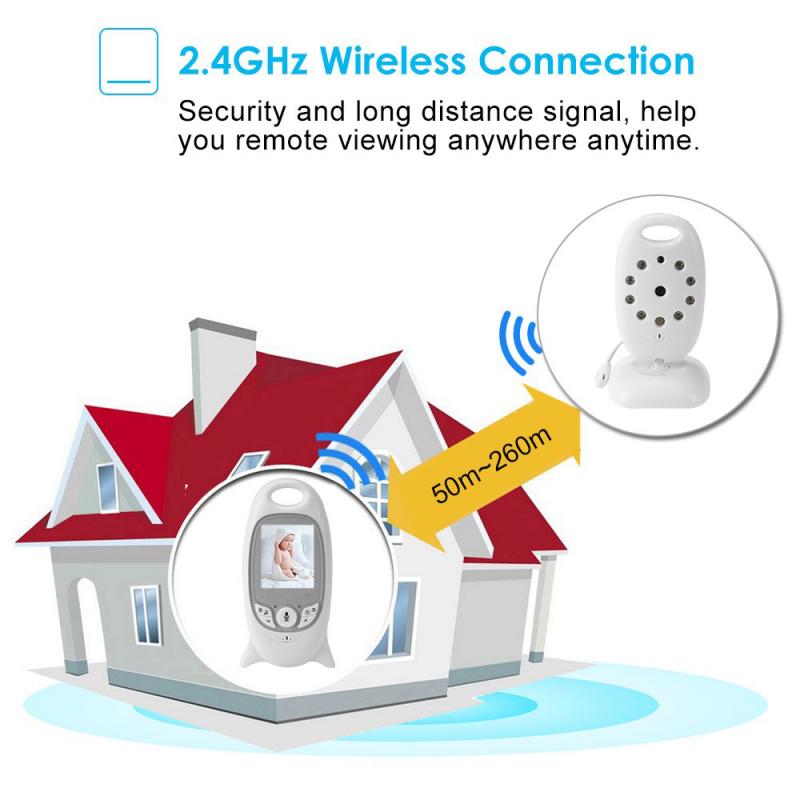
1. Crib Placement
In addition to managing the baby monitor cord, consider the overall placement of the crib. Ensure that the crib is positioned away from windows, blinds, and other potential hazards. Keep the crib free of pillows, blankets, and stuffed animals, as these can also pose suffocation risks.
2. Electrical Outlet Safety
If your baby monitor requires an electrical outlet, make sure the outlet is childproofed. Use outlet covers to prevent your baby from inserting objects into the outlet. Additionally, avoid overloading the outlet with multiple devices, as this can create a fire hazard.
3. Regular Inspections
Conduct regular inspections of the nursery to identify and address any potential safety hazards. Check for loose cords, unstable furniture, and other risks that could harm your baby. By staying vigilant, you can create a safer environment for your child.
Ensuring the safety of your baby monitor cord is a critical aspect of creating a safe nursery environment. By taking proactive measures such as mounting the monitor out of reach, using cord covers, and considering wireless options, you can significantly reduce the risk of strangulation. Additionally, following safety tips and best practices will help you maintain a secure space for your little one. Remember, regular inspections and educating caregivers are key components of ongoing safety. With these strategies in place, you can have peace of mind knowing that your baby is safe and sound.


